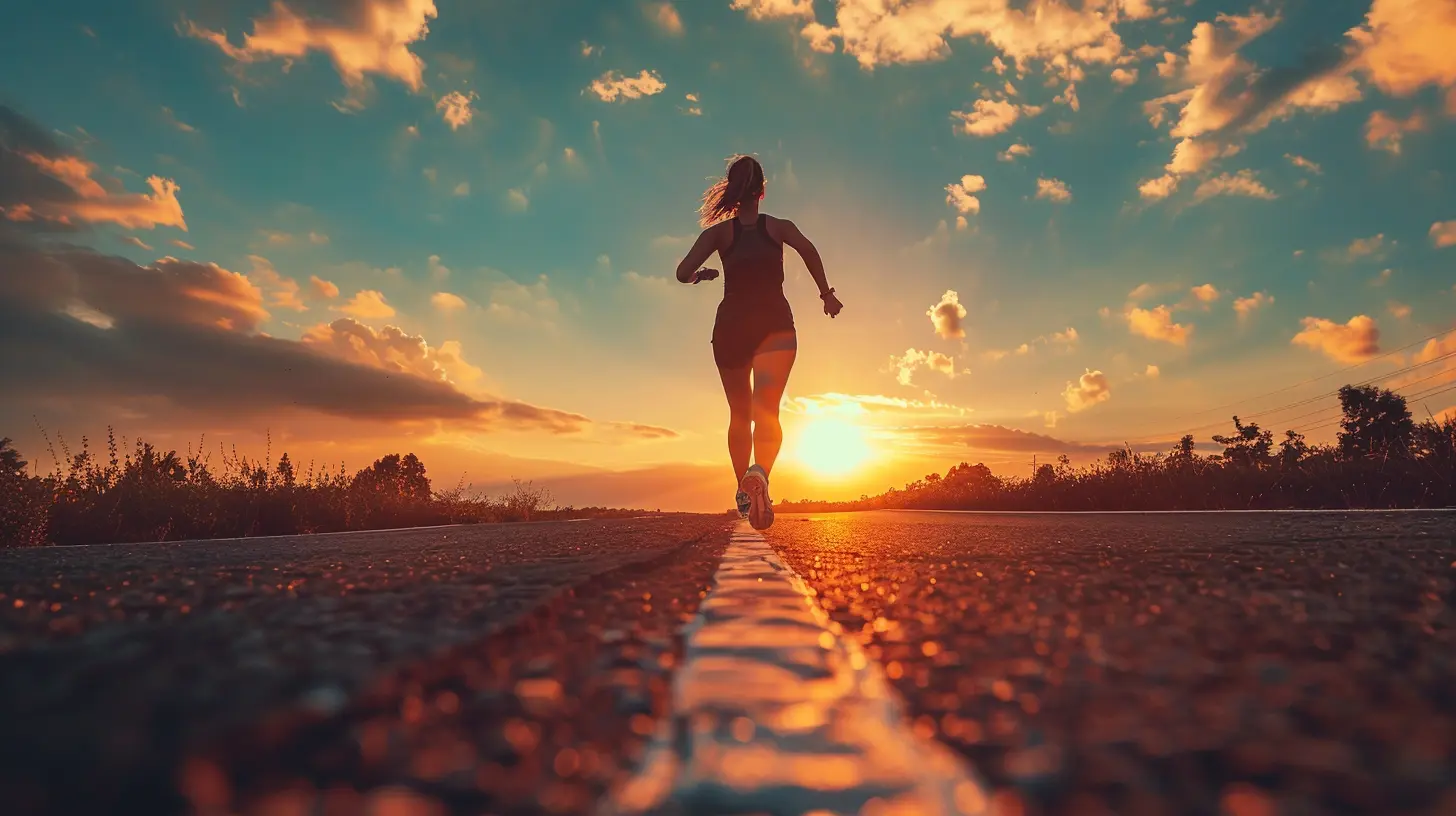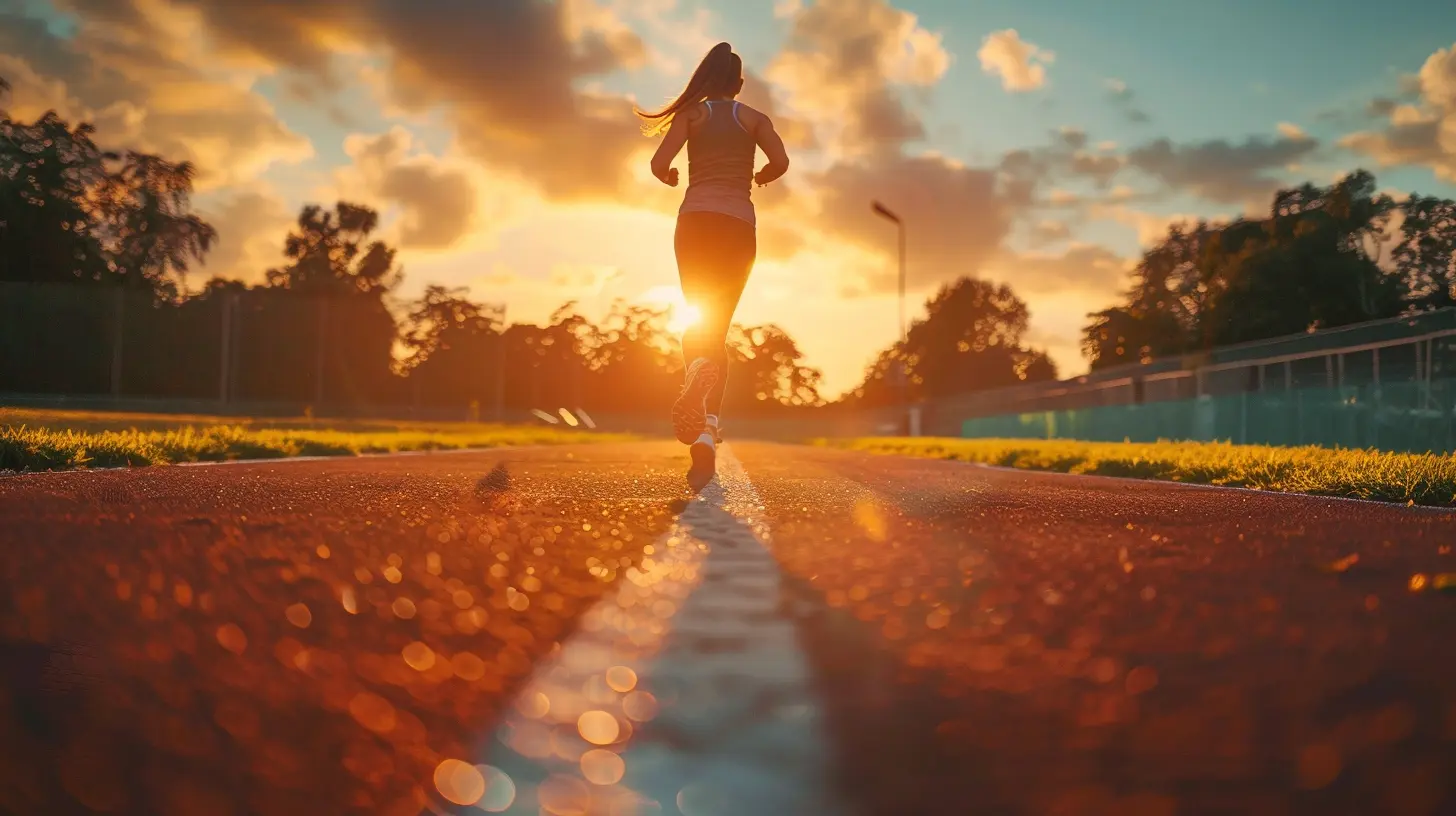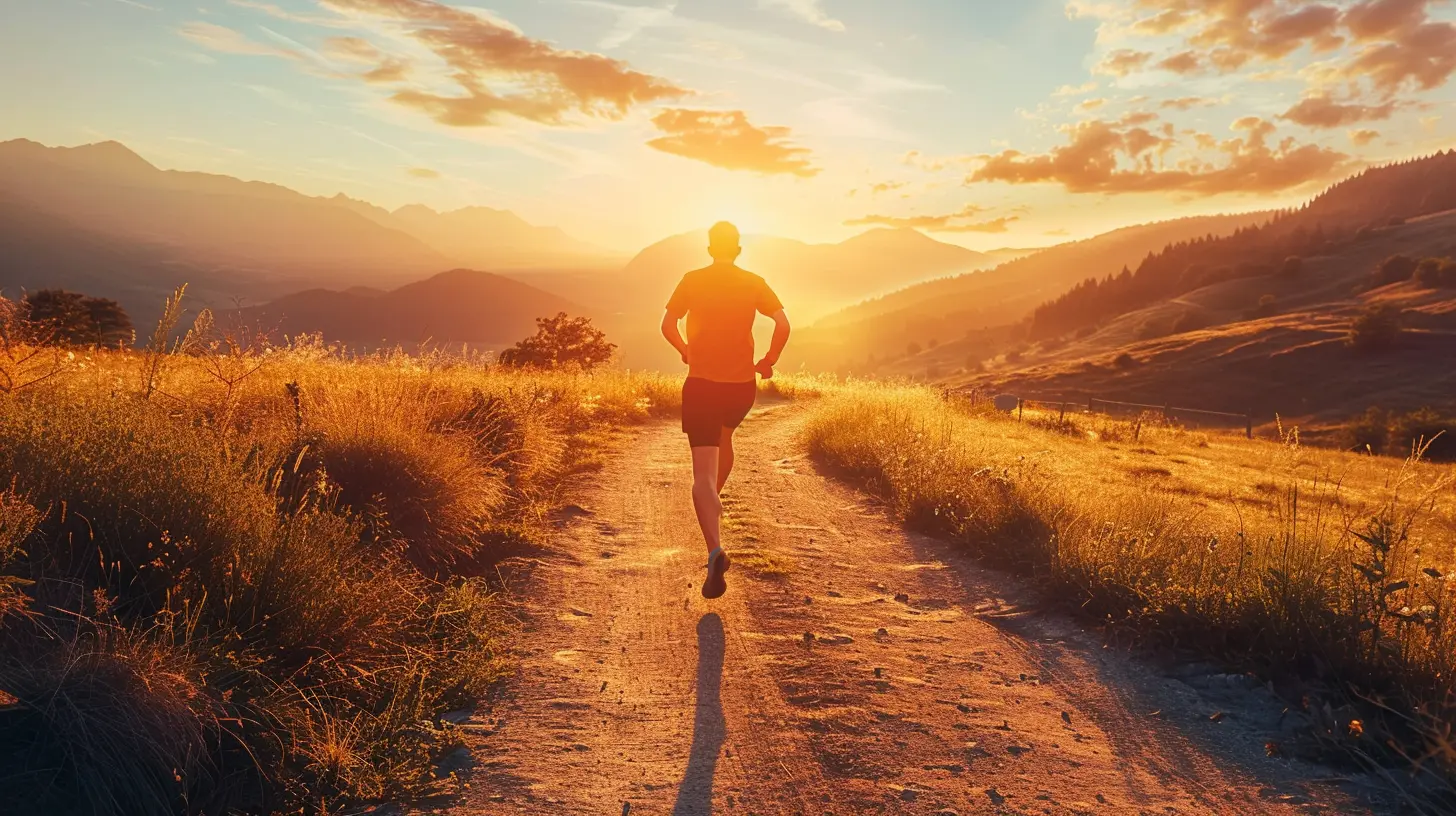Athletic Performance: The Role of Recovery in Wellness
11 May 2025
When you think of boosting your athletic performance, what comes to mind? Probably intense workouts, strict diets, or pushing your limits at every session, right? But here’s the truth bomb—none of that matters if you’re not paying attention to recovery.
Recovery isn’t just a rest day on the couch watching Netflix (although that sometimes helps). It’s a strategic, intentional process that’s just as important as your training, if not more. Without it, you’re basically sabotaging your gains, risking injury, and draining your energy.
So, let’s break it down and look at how recovery truly shapes athletic performance and overall wellness.
Why Recovery Deserves the Spotlight in Fitness
You're Not Getting Stronger in the Gym
Yep, you read that right. The moment you’re lifting weights or sprinting on the track, your muscles are actually breaking down. It’s during recovery that they rebuild—stronger, faster, and more resilient. Think of training like writing a rough draft and recovery as the editing process that makes it great.Without recovery, your body can’t repair itself. You end up stuck in a cycle of fatigue, poor performance, and worse—injury.
Recovery Is the Missing Link in Wellness
Let’s stop treating recovery like a luxury and start treating it like the necessity it is. From physical repair to mental recharge, recovery is essential for:- Reducing inflammation and muscle soreness
- Preventing overtraining syndrome
- Improving mental focus and emotional well-being
- Enhancing immune function
- Balancing hormones (like cortisol and testosterone)
Recovery fuels your overall wellness engine—ignore it, and the whole machine breaks down.
Types of Recovery Athletes Should Prioritize
Here’s where it gets interesting. Recovery isn’t a one-size-fits-all deal. There are different kinds, and each plays a unique role in how your body heals and performs.1. Passive Recovery
Think rest days, naps, or simply doing nothing. It’s as basic as giving your body downtime. Don’t underestimate it. Sometimes, less is more.Taking a full day off can reduce cortisol, allow muscle fibers to rebuild, and calm your nervous system. If you’ve been hitting it hard for days in a row, passive recovery is your best friend.
2. Active Recovery
Instead of lying on the couch, imagine going for a light bike ride or a gentle swim the day after a heavy workout. That’s active recovery. The idea is to keep your body moving without stressing it.It boosts blood flow, helps flush out lactic acid, and reduces stiffness. It’s perfect when you’re sore but still want to stay in motion.
3. Sleep-Based Recovery
Ah, sleep—your body’s natural repair shop. It’s when growth hormone kicks in, cellular repair happens, and your brain processes everything.Aim for 7 to 9 hours of quality sleep. Skimping on it messes with your mood, your reaction time, and your ability to crush it in your next workout.
4. Nutritional Recovery
You are what you eat, especially after a training session. Your post-workout snack isn’t just about killing hunger; it’s about refueling your body.- Carbs restore glycogen.
- Protein repairs muscle.
- Fats help with hormone production.
Get this balance right, and your body will thank you in the form of better performance and fewer injuries.
5. Mental & Emotional Recovery
High performance isn’t just physical—it’s deeply mental. Stress, burnout, and anxiety can crush your motivation and recovery.Take time to unplug. Meditate. Journal. Spend time with friends. Mental wellness boosts physical wellness—it’s all connected.
Signs You’re Not Recovering Enough
Think you’re invincible? Your body will start sending signals when it’s not getting the recovery it needs. Pay attention to these red flags:- Constant fatigue, even after sleep
- Decreased performance or hitting plateaus
- Chronic muscle soreness
- Mood swings or irritability
- Trouble sleeping
- Increased injuries or illness
If you’re ticking off more than one of these boxes, your body’s screaming for a break—listen to it.
Recovery Techniques That Actually Work
We’ve all seen those fancy Instagram recovery setups—ice baths, massage guns, red light therapy. Some work; some are overrated. Here are methods that are backed by science and experience.1. Foam Rolling and Myofascial Release
This helps loosen tight muscles and fascia. It improves flexibility and reduces soreness. It’s like giving yourself a quick massage.2. Stretching
Simple but powerful. Stretching improves blood circulation, keeps joints healthy, and helps you maintain range of motion.Focus on dynamic stretches before workouts and static stretches after.
3. Hydration
Seems too simple, right? But dehydration slows down every process in your body, including recovery. Keep a bottle handy at all times, especially post-workout.4. Cold and Heat Therapy
Ice baths can reduce inflammation, while heat (like saunas or warm baths) helps muscles relax and improves circulation. Use both strategically depending on your needs.5. Massage Therapy
Whether it’s deep tissue or sports massage, this speeds up recovery, improves circulation, and decreases soreness. Plus, it feels amazing—bonus points for mental relaxation!6. Supplements (Only If Needed)
Sometimes, your body needs a little help. Supplementing with magnesium, omega-3s, or branched-chain amino acids (BCAAs) can assist recovery. But always prioritize whole foods first.Creating a Personal Recovery Plan
Now that you’ve got the tools, how do you put them into action? You don’t need a fancy plan—just consistency and mindfulness.Step 1: Listen to Your Body
Stop ignoring the signs. Pain, fatigue, and irritability aren’t badges of honor.Step 2: Build Recovery Into Your Schedule
Plan rest just like you plan workouts. Block out recovery days and light training sessions.Step 3: Prioritize Sleep and Nutrition
No matter how many massages you get, if you’re running on 4 hours of sleep and junk food, you’re not recovering.Step 4: Mix Active and Passive Techniques
Balance is key. Use foam rolling, yoga, a light walk, or meditation depending on how you feel.Step 5: Track Progress
Use a journal or fitness app to track how recovery affects your performance. Adjust based on trends and results.Recovery Is a Long-Term Game
Let’s get real—there’s no magic pill. Recovery is a practice. It’s about creating habits that support your body for the long haul. The best athletes in the world take recovery seriously. That’s not a coincidence.Still stuck in the "train harder" mindset? Flip the script to "recover smarter." That’s where the gains really live.
By making recovery a priority in your wellness routine, you’re not just improving performance—you’re investing in a sustainable, healthier future.
Final Thoughts
Athletic performance doesn’t live at the gym—it lives in how well you bounce back from the gym.Think of it like this. Training is the spark, but recovery is the fuel. Without enough fuel, the spark dies. So if you want to run faster, lift heavier, or simply feel better, stop treating recovery like an afterthought. Start treating it like the game-changer it truly is.
Let your body rest, refuel, and rebuild. That’s the real path to peak performance and lifelong wellness.
all images in this post were generated using AI tools
Category:
WellnessAuthor:

Angelo McGillivray
Discussion
rate this article
3 comments
Laila Ramos
Recovery is crucial for optimal athletic performance and long-term wellness; balance is key.
May 23, 2025 at 3:28 AM

Angelo McGillivray
Thank you for your insightful comment! I completely agree—balancing recovery is essential for enhancing athletic performance and ensuring long-term well-being.
Anabella Marks
Great article! Recovery is such a vital component of athletic performance and overall wellness. It’s inspiring to see tips on how to prioritize rest and rejuvenation for optimal health. Looking forward to more insights like this!
May 22, 2025 at 3:20 PM

Angelo McGillivray
Thank you for your thoughtful comment! I'm glad you found the insights valuable. Stay tuned for more on recovery and wellness!
Zareth Hurst
Great article! Recovery is often overlooked, yet it's crucial for enhancing athletic performance. Proper rest and recovery strategies not only prevent injuries but also optimize training results. Athletes should prioritize recovery just as much as their workouts for sustained success and overall wellness.
May 12, 2025 at 3:19 AM

Angelo McGillivray
Thank you for your insightful comment! I completely agree—prioritizing recovery is vital for maximizing performance and maintaining overall wellness.



